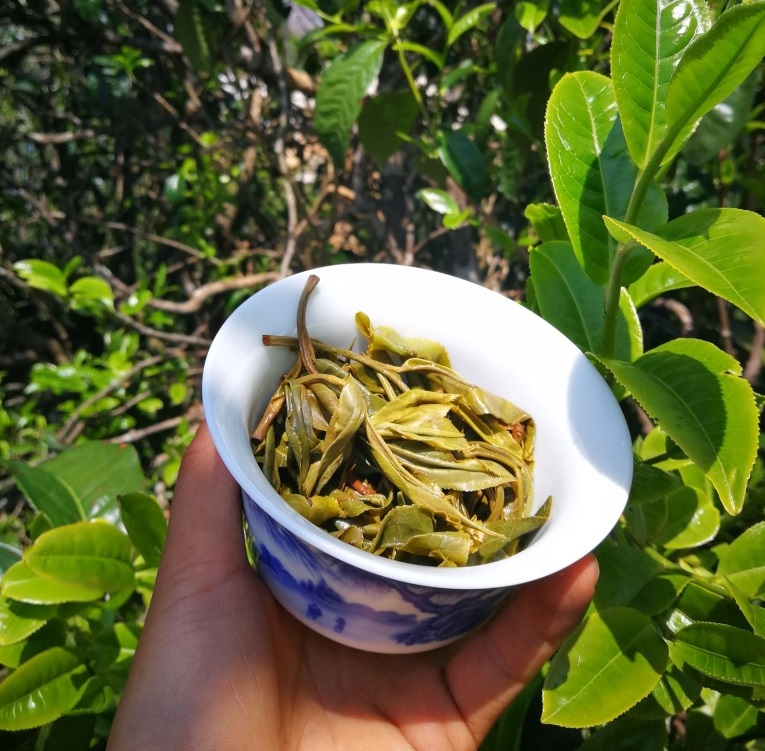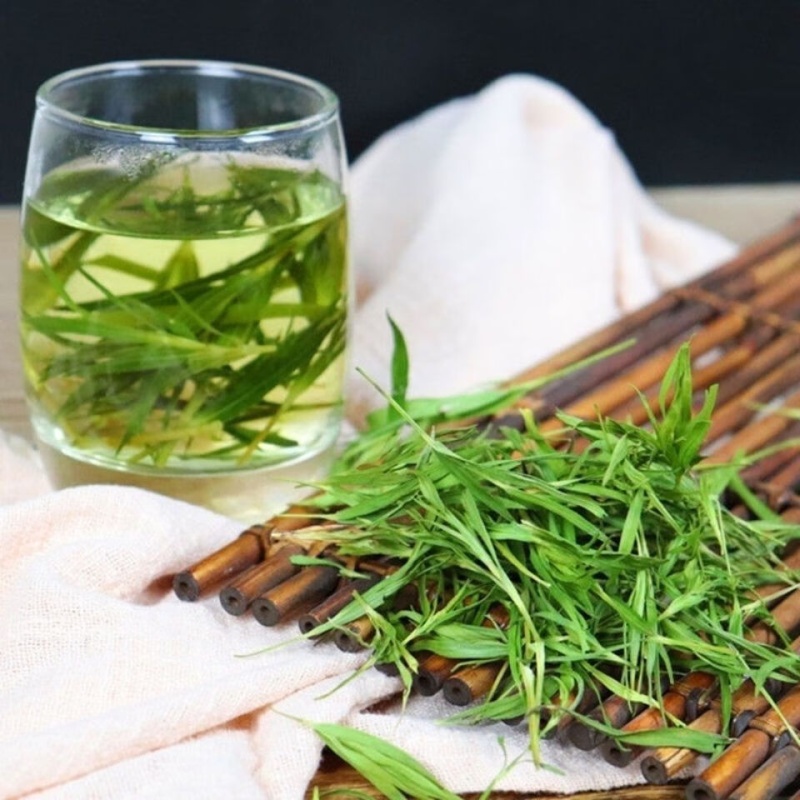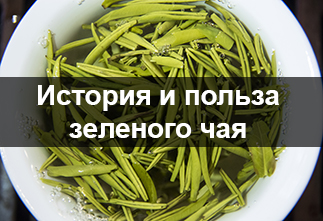Title: " Anji Baicha "
Translation: " White Tea from Anji "
Whale. 安吉白茶, pinyin ānjí báichá
Origin: Anji County (Chinese: 安吉县, pinyin ānjí xiàn), Huzhou City District (Chinese: 湖州, pinyin húzhōu), Zhejiang Province (Chinese: 浙江省, pinyin zhèjiāng shěng).
It was probably this green tea that the Song Dynasty Emperor Huizong praised in his "Treatise on Tea" (1107), describing it as "green tea the color of white jade." This metaphor is explained by the fact that at winter temperatures (-10 ˚C) the tea bush produces little chlorophyll, and harvesting takes place in early spring for 30 days before the warming, when the leaves begin to turn green.
Rediscovered and cultivated from the mother plant in 1981 in Anji County. It is currently under protection.
Fresh, light and incredibly tasty. Particularly rich in theanine, which has positive effects on the brain, including stress reduction and increased cognitive function.
First published 05.09.2014.
Edited 06.07.2017.
Copyright © Chaline.Ru
In dry form, the tea has a subtle and delicate aroma, in which notes of wild flowers, blooming spring trees, pumpkin seeds, and green peas are easily discernible.
The taste of the brewed tea is delicate and light. The taste is sweet green peas, pumpkin notes, wild flowers after the rain. By the 3rd infusion, green peas begin to dominate the taste, and the notes of mown grass intensify.
The aftertaste at the end of the tea party is sweetish, moderately tart. In the mouth there are shades of wild flowers and dried fruits.
To brew An Ji Bai Cha tea, you need to take water with a temperature no higher than 80-85 °C. No more than 3-4 g of dry tea leaves are needed per 150 ml porcelain gaiwan or flask. This tea can be brewed up to 5 times, the finished infusion is light green, clean and transparent.
Green tea An Ji Bai Cha has a soft tonic effect. Its advantages include a good ability to cool the body and quench thirst. Gives a calm, meditative state. Recommended for use in the summer.
|
Name in Chinese
|
安吉白茶 |
|
Pinyin
|
ānjí báichá |
|
English name
|
White tea from Anji |
|
Translation
|
White tea from Anji |
|
Tea variety
|
Anji White Tea |
|
Country
|
China |
|
District
|
Huzhou City |
|
Provinces
|
Чжэцзян (浙江) |
|
Region
|
Huzhou (湖州) |
|
Habitat
|
Аньцзи (安吉, ānjí) |
|
Tea tree (bush) variety
|
Da Bai Hao |
- Комментарии
- Вконтакте
Diabetes mellitus is one of the most common chronic diseases of our time, the peculiarity of which is the disruption of glucose metabolism in the body and can lead to serious diseases such as diabetic nephropathy, retinopathy, neuropathy and cardiovascular diseases. In recent years, scientists have been actively looking for effective and safe measures to prevent and manage this disease. Among them, special attention is paid to tea - a drink known to mankind for thousands of years and possessing not only a pleasant taste, but also many useful properties.
Green tea is one of the most popular drinks in the world, especially in East Asian countries, where its consumption has become part of the culture and traditions. However, in recent years, scientists have increasingly paid attention not only to its taste qualities, but also to its potential health benefits.
Spring green tea is a special product that is highly valued among lovers of this drink. Its taste, aroma and color differ from tea collected at other times of the year. Due to its high quality and price, it is very popular, so some unscrupulous sellers may pass off summer or autumn tea as it. But how can you tell the real spring tea? We will try to answer this question in this article.
Every morning people brew themselves strong coffee or green tea. Of course, it is much better to start your day with a healthy drink. It will give you energy and increase your brain activity. The benefits of green tea have been talked about for quite a long time. However, do we know all the properties of this irreplaceable drink?
























































































